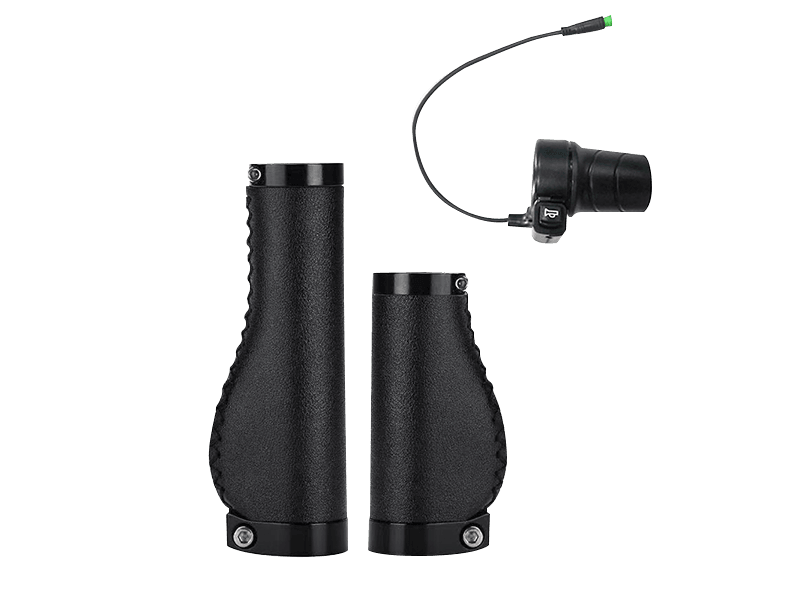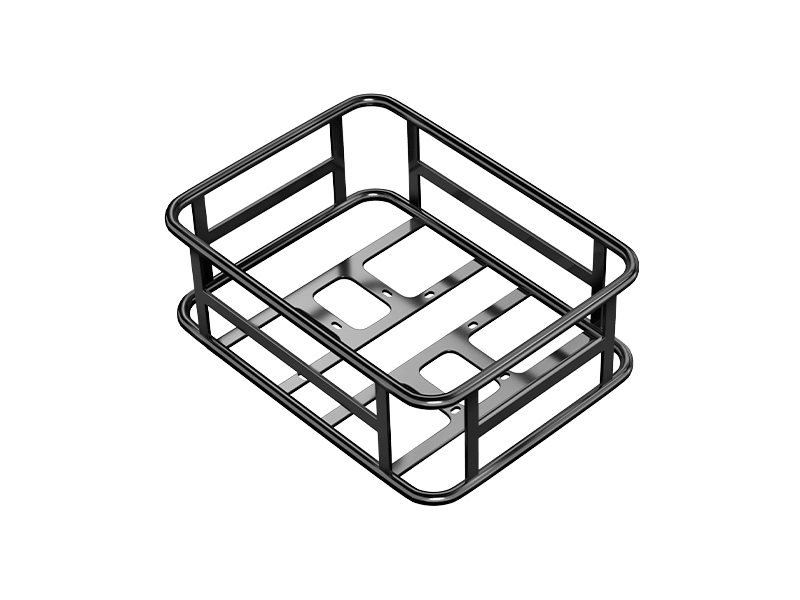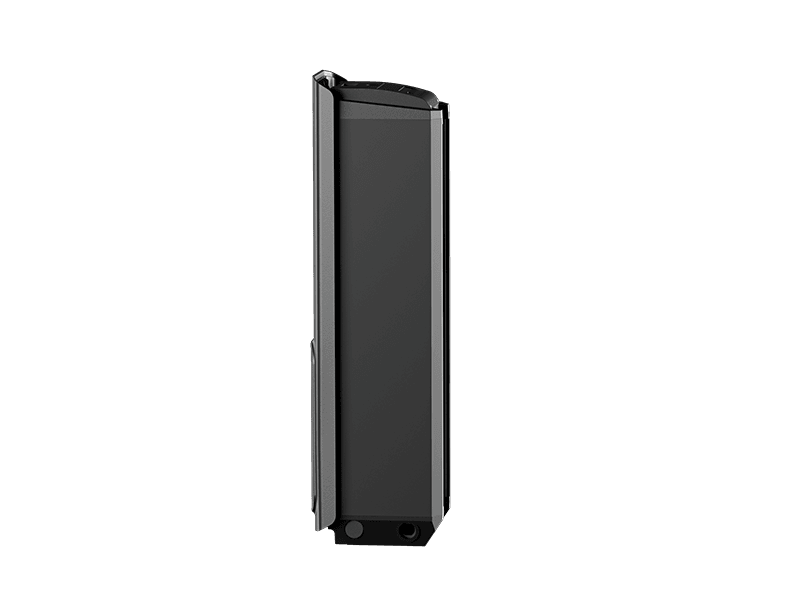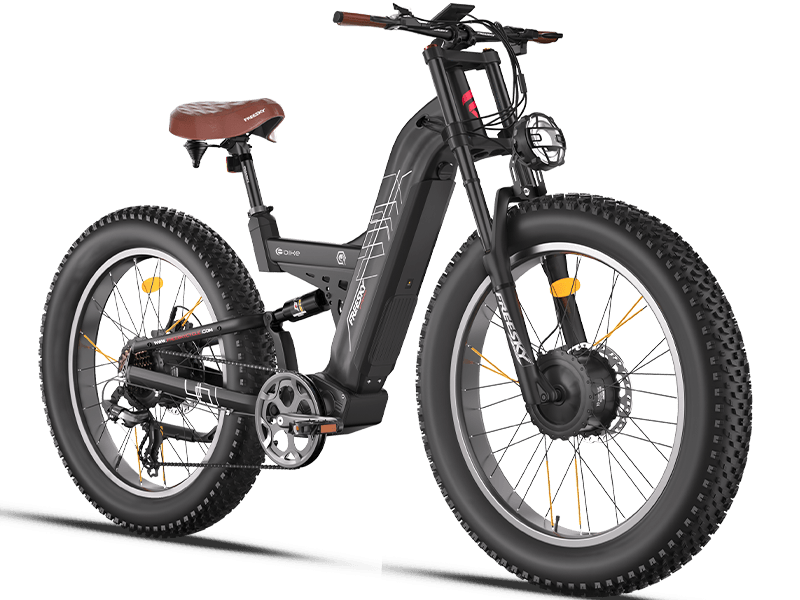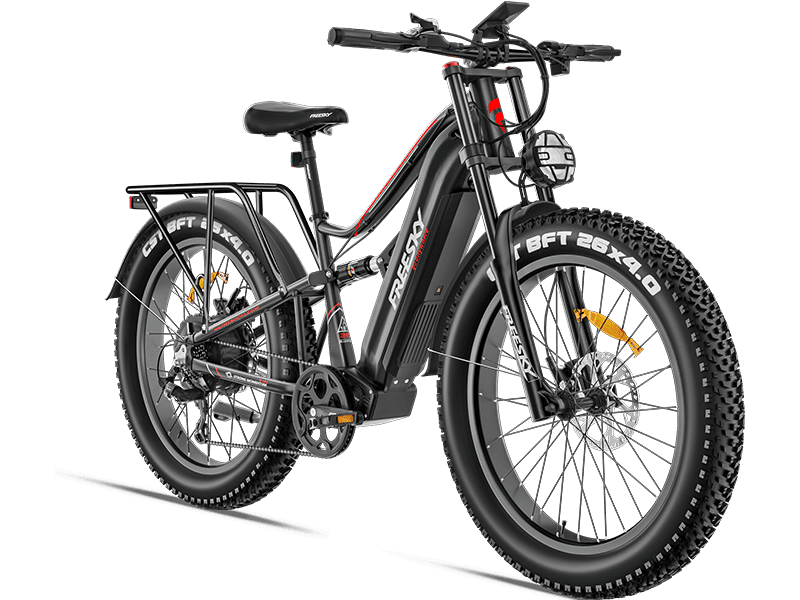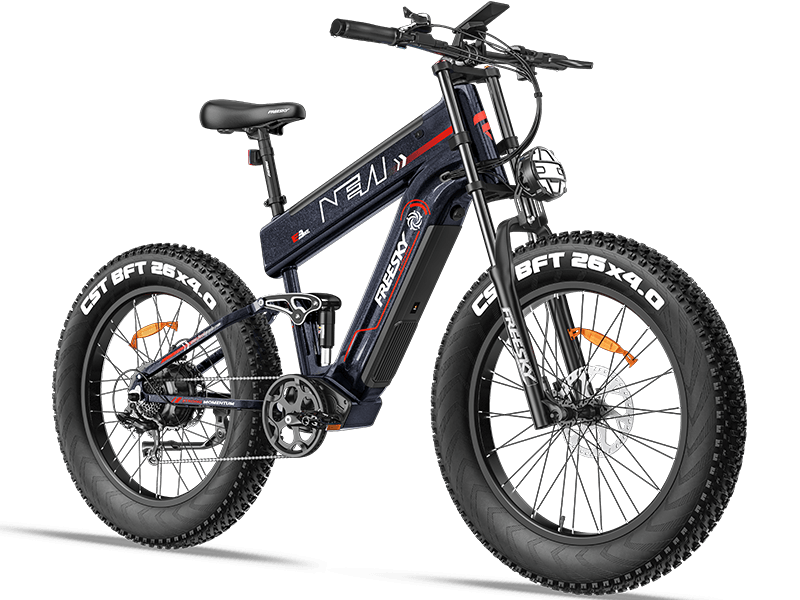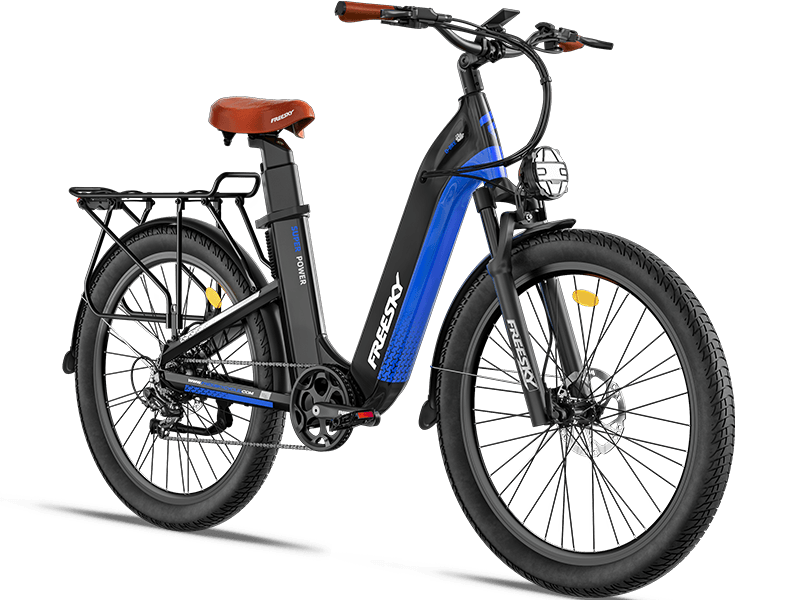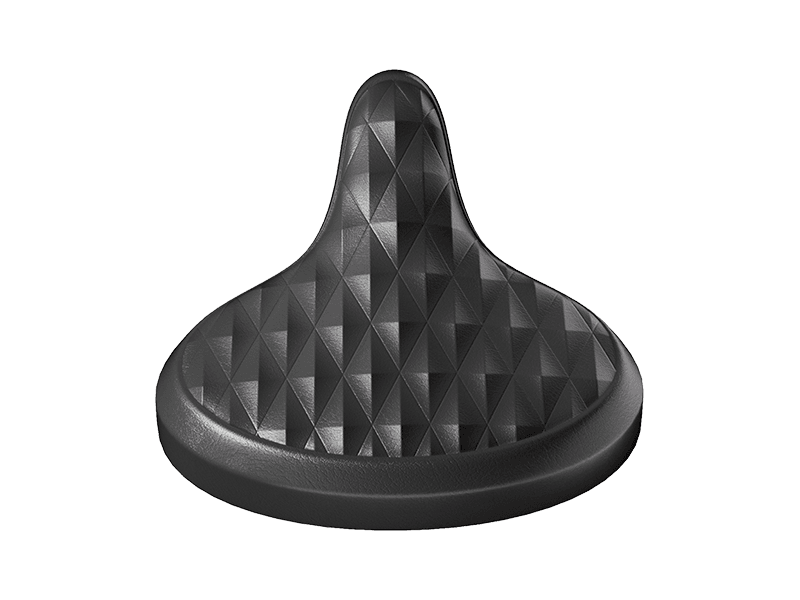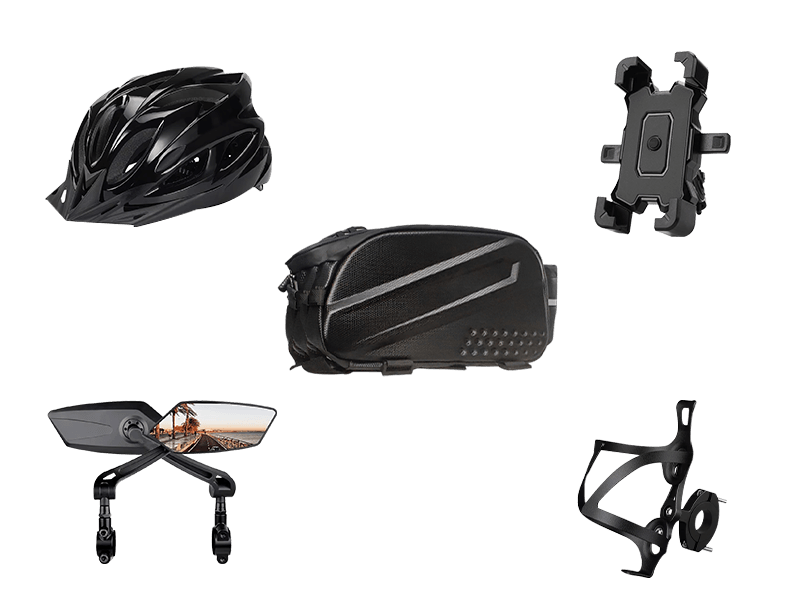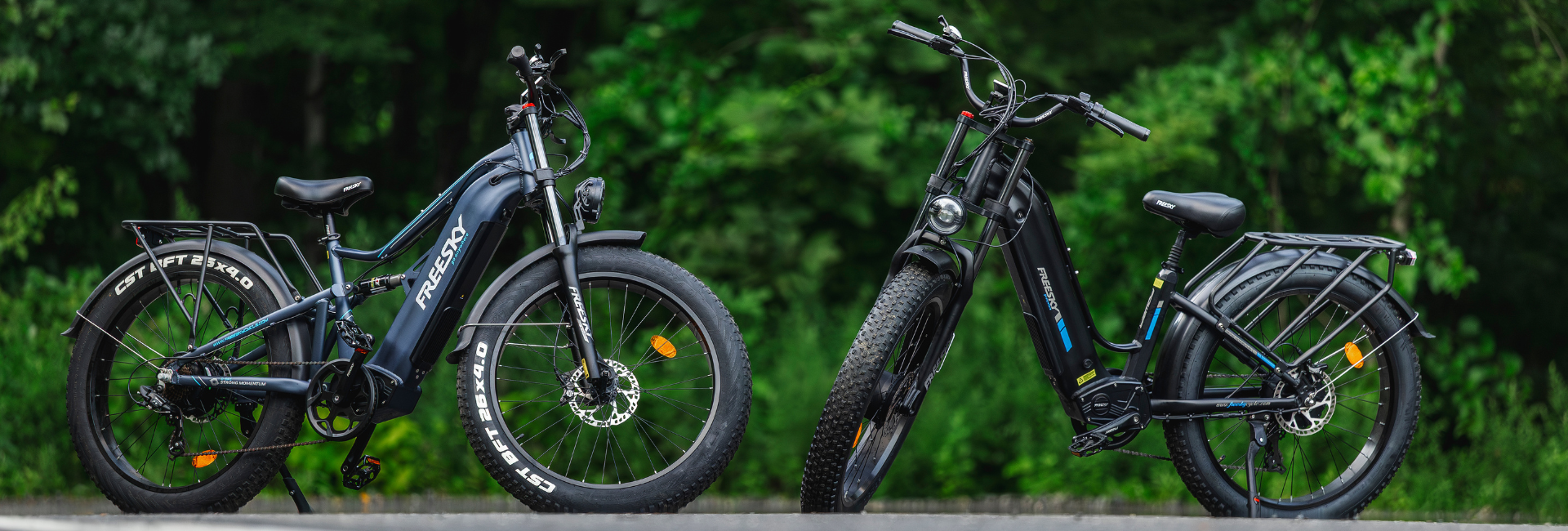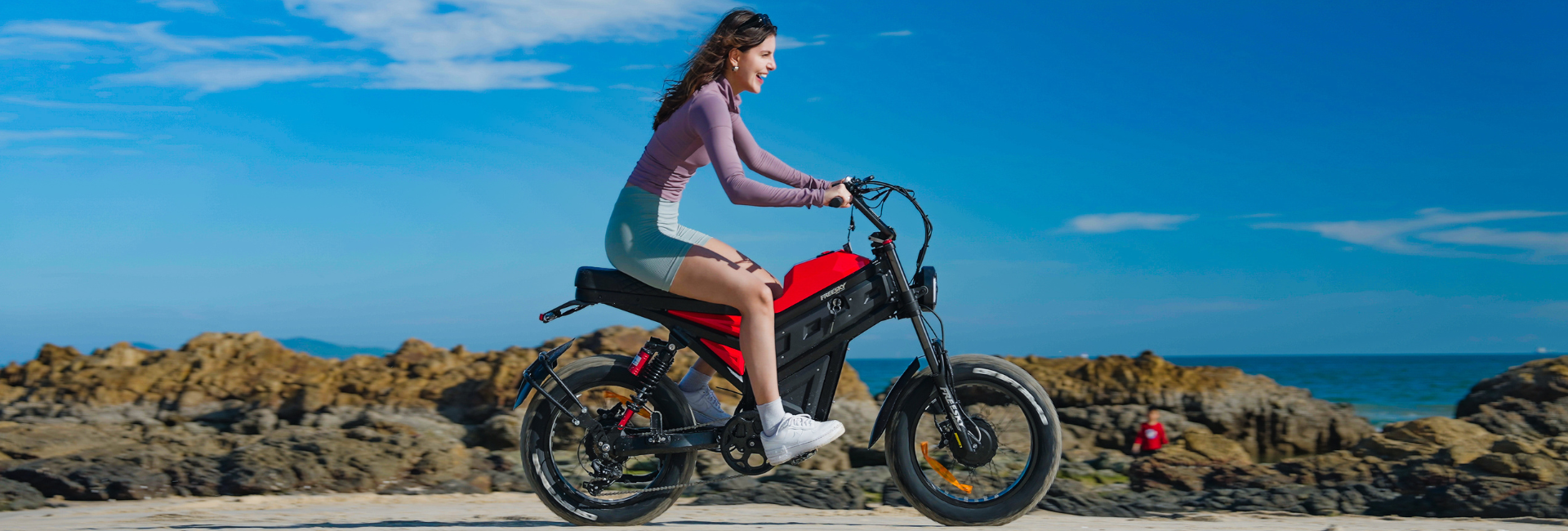Commuting in Winter? The Ultimate Guide to Safe and Cozy eBike Rides
DEC 09, 2024
As the winter chill settles in, commuting on your eBike can seem daunting. However, with the right preparation, your electric bike can still be an excellent way to get around, even in the colder months. Whether you're a seasoned eBike commuter or new to the winter cycling scene, this guide will help you stay safe and comfortable while enjoying your winter rides.
1. Dress for the Weather: Layer Up!
When commuting in cold weather, layering is key. Start with moisture-wicking base layers to keep sweat away from your skin. Avoid cotton, as it absorbs moisture and can make you feel colder. Instead, opt for synthetic or merino wool fabrics that will keep you dry and warm.
Next, add an insulating layer, like a fleece or down jacket, and finish with a windproof and waterproof outer layer. Don’t forget gloves, thermal socks, and a good winter cycling hat or helmet liner. Consider investing in heated gloves or heated insoles if you'll be riding for long periods.
2. Winter Tires: Grip and Safety
When the roads get icy and slippery, your standard eBike tires may not provide the traction you need. Consider upgrading to winter-specific tires. These tires have deeper treads and a rubber compound that stays flexible in cold temperatures, offering improved grip on snow and ice.
Studded tires are another excellent option for areas with frequent ice patches, as they provide extra traction by digging into the ice. Make sure to adjust your tire pressure as well—slightly lower pressure can increase the surface contact, helping you maintain stability on slick surfaces.
3. Light Up the Road: Visibility is Crucial
Winter days are shorter, meaning you'll likely be riding in low light conditions more often. Make sure your eBike is equipped with high-quality front and rear lights. A bright, visible front light will help you see the road ahead, while a blinking red rear light will alert other road users to your presence.
Additionally, reflective clothing or accessories, like vests, ankle straps, or reflective decals on your bike, can help you stand out even in foggy or snowy conditions.
4. Keep Your eBike Clean and Dry
Winter weather can be tough on your eBike, so regular maintenance is essential. Salt, grime, and moisture can build up quickly and cause rust and corrosion. After each ride, make it a habit to wipe down your bike, especially the frame, wheels, and motor areas.
Invest in a chain cleaner and oil to keep your drivetrain running smoothly. A bike cover or storage shed is also a good idea to protect your bike from the elements when it's not in use.
5. Check Your Battery: Cold Weather Challenges
Cold temperatures can have an impact on your eBike’s battery performance. In freezing conditions, battery life may be reduced, and recharging times may take longer. To mitigate this, try to store your battery indoors when it's not in use, and keep it warm while commuting by carrying it in a bag or using a battery cover.
Before heading out, ensure your battery is fully charged and check the manufacturer’s recommendations for winter usage. If your battery feels sluggish, consider investing in a high-performance winter battery that is better equipped to handle the cold.
6. Slow and Steady Wins the Race
Winter roads can be unpredictable, so it’s essential to ride with caution. Snow, ice, and even wet leaves can make the road slippery, so always reduce your speed when conditions are less than ideal. Try to maintain a steady pace and avoid sudden stops or sharp turns, as they can cause your wheels to slip.
Using the pedal-assist mode can be helpful in winter conditions, as it gives you more control over your speed and balance, making it easier to navigate tricky spots. Remember, winter biking requires more focus and patience, so take your time to reach your destination safely.
7. Essential Gear for Cold Weather Rides
Besides the obvious clothing layers, there are a few other pieces of gear that can improve your comfort and safety while winter commuting:
- Fenders: These will help keep snow, slush, and dirt off your bike and your clothing.
- Bike Lock: Cold weather means fewer people are outside, so your bike might be more vulnerable to theft. Consider using a heavy-duty lock.
- Hand Warmers: Keep a pair of disposable or reusable hand warmers in your pockets for those extra-cold days.
- Weather-Resistant Panniers or Backpack: Keep your belongings dry and protected from snow and rain.
8. Plan Your Route: Choose the Right Roads
If possible, try to plan your winter routes on roads that are frequently plowed or treated with salt. Avoid paths that might become ice-covered or poorly maintained during heavy snowfalls. Many cities have designated bike lanes, so check if there are any winter-specific biking paths available in your area.
Make sure to give yourself plenty of time for your commute, as winter weather can cause delays due to slower traffic or icy conditions.
9. Stay Safe: Know When to Stay Inside
Sometimes, the weather can be too extreme to bike safely. Snowstorms, freezing rain, or sub-zero temperatures can be hazardous, and it’s okay to opt for alternative transportation when conditions are unsafe. Check the forecast before heading out and be aware of changing weather patterns during your ride.
If you're uncertain about your abilities in the snow or ice, consider taking a short test ride in a safe area to assess how your eBike performs. Always prioritize safety, even if it means adjusting your plans.


